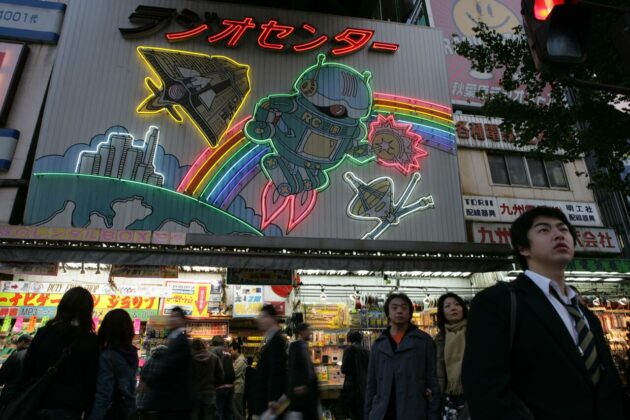
Akihabara is, as always at this time of year, hot.
Not just hot, but sweltering, sweat-dripping, breath-gasping hot—the kind of heat that makes straight lines curve with weariness and buildings shiver in the hazy distance. I chuckle. No wonder we otaku stay inside, in the heaven that is air conditioning.
But what is an otaku anyway? Socially awkward, bedroom-dwelling anime enthusiasts? These days, that stereotype is outdated. There are gym otaku who could bench press me without breaking a sweat, and hiking otaku that could clamber up and down a mountain before I could get halfway to the summit. The term ‘otaku’ now includes anyone who has found their thing and pursues it with zealous determination.
But today, as I drip onto the pavement of Akihabara, Tokyo’s electronic heartland, I am thinking of the original otaku, mentioned in a derogatory tone, the infamous anime otaku who pour all their passion into what are essentially Saturday morning cartoons.
This time I scoff at myself. If my previous dig at otaku had been antiquated, this one is positively paleolithic. Anime has gained status as an art form distinct from children’s cartoons, and the broader world has largely recognized this distinction, in separate categories on Netflix and Amazon for example. While there is some crossover, such as Pokémon or Doraemon, this is by no means the norm. But judgments, both external and internal, die hard. I remain critical and somewhat embarrassed about the moniker ‘otaku.’ I frown and slip my hands into my pockets, despite the heat.
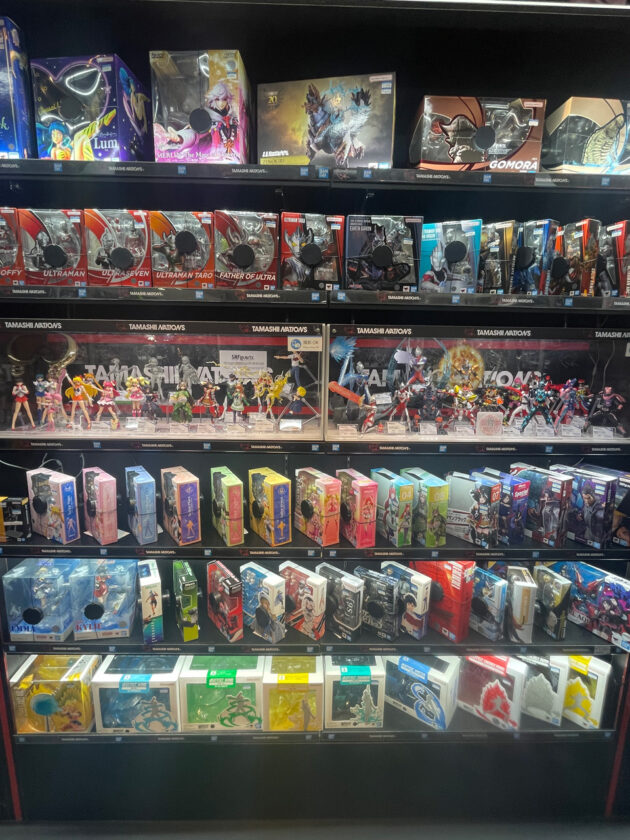
Hello. My name is Garrett, and I am an otaku. With a total watch time of 43.2 days (and counting), 167 anime series completed, and a few walls’ worth of manga lovingly read, I am confident in this assertion. Where I’m from in the States, there is a different name for us, one yet more derogatory: weaboo, or weeb for short. The term signifies a wannabe Japanese, someone envious of Japanese culture with a desire to become Japanese. Though I once referred to myself in this way, my Japanese friends’ horror stories of bullying and collectivism disabused me of any misconceptions of a Japanese utopia. So, I guess I am an otaku but not a weeb, a trifling distinction perhaps. I shrug.
Standing at a crosswalk in the blazing sun, I marvel at how obsession brought me to here to Akihabara. Affectionately nicknamed Akiba, the district was originally a hotspot for electronics and computers, but as more and more otaku sought out gaming technology, stores in the area began to carry more niche goods to cater to their loyal customers. Over time, Akiba became the place fornot only electronics but all things anime. Why am I now living here other side of the world, speaking broken Japanese and sweating my pants off? Just because I’m an otaku? Perhaps not. That is where my path toward Japan first started though—a path that has now led me to this crosswalk. As the light turns green, I join the river of bodies flowing into the mecca of all things anime.
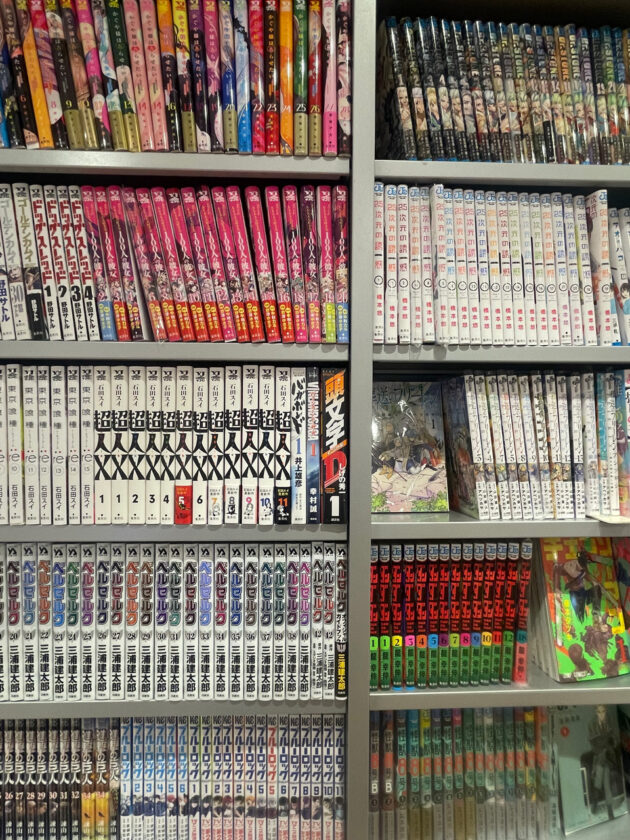
My journey on this path began early. As a kid, I was a confirmed Pokémon lunatic, but at that time I never even considered that these cultural properties might be anything other than American. I became more aware of the subtle differences within anime and all things nerd as I settled into my social strata in high school. My seniors in the local orchestra, many of whom were of Asian descent, enjoyed anime and video games. I was hesitant to watch their recommendations at first. Perhaps I was afraid of becoming one of those kids that I felt a secondhand embarrassment for. Perhaps I didn’t want to branch out from my own comfortable nerd-niche of Pokémon and Star Wars. But as high school progressed, a certain symbol started appearing on shirts and pins. Not only the nerdy kids, but everybody was telling me that I had to watch Attack on Titan.
The show was a phenomenon that swept through the US. Everybody watched it. And if there was anything my adolescent brain feared more than embarrassing myself, it was being left out. I begrudgingly booted up the first episode of Attack on Titan…and binged the entire season in one night.
I cross the street into Akihabara and make my way into the first store. The sliding door opens and releases a gust of cool air, a balm for the scorching heat outside. I glance around, not after anything in particular. Window shopping has its own appeal, especially when mixed with sweet, sweet nostalgia. Noticing something familiar, I pause in the aisle, lift a keychain from the shelf, and smile. Emblazoned on its face is the cross-wings symbol of Attack on Titan’s survey corps. It is still popular 8 years later.
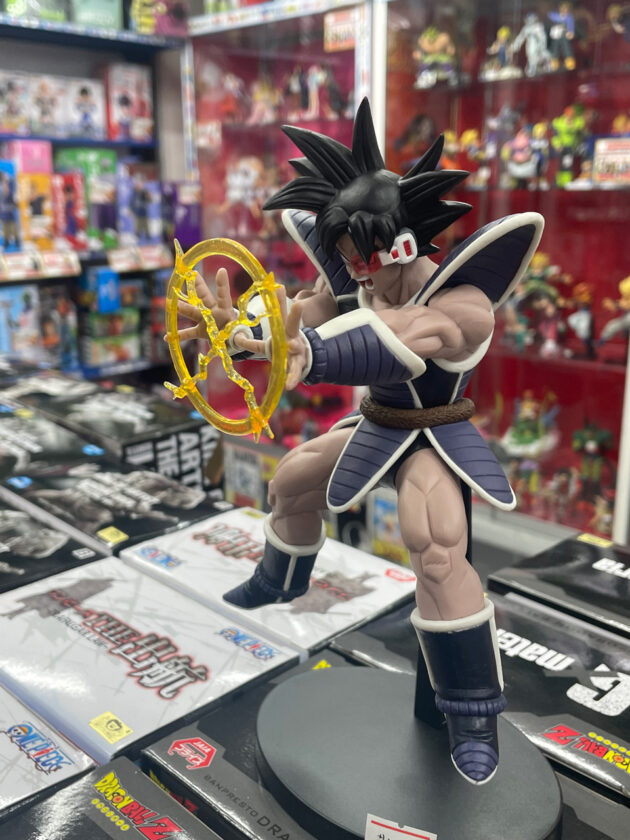
I didn’t feel any embarrassment about binging Attack on Titan. The show was good, and I was just the target audience. It was radically different from anything I had seen on American TV, more a 24-episode long movie. It was adult, at least in the way that teenagers think things are adult: violent, gory, and dark. My eyes were opened to the potential of anime, and I asked my orchestra senpai how to proceed. After being swiftly informed not to call them senpai, as the connotation in anime is somewhat sexualized, I was given a flurry of recommendations. Anime, like many hobbies, is an avenue for escapism. The fact that it came from so far away only enhanced my feelings: I was hooked.
The quality of anime varies of course, in terms of animation, writing, voice acting, and design. I quickly became aware of patterns, target audiences, subgenres and common tropes. In my first year, I fell solidly into the shounen or young boy’s genre, with titles such as Attack on Titan, Re:Zero, and Black Lagoon. These shows had action, complex plots, and, importantly for my tastes, a healthy dose of tragedy—none of the happily-ever-after endings of Hollywood.
I then tested the waters of other genres. I found the popular ‘Slice of Life’ genre to be a little boring, consisting of school dramas and light romance. On the other hand, comedy anime always interested me, particularly because it was from another culture. Sakamoto Desu Ga remains a particular favorite. Still, I found myself gravitating to familiar themes. My fascination with Western science fiction—namely Star Wars—led me to Mecha. The child within me never could get enough of giant robots punching stuff.
I was lucky enough to take a post-high school graduation trip to Tokyo and of course make a pilgrimage to ‘Electric Town.’ I close my eyes and try to feel that excitement again. That feeling once drove me to sprint down the station’s escalators and into the shops. The Radio Kaikan building, a 10-story anime mall, promptly devoured my summer savings. Despite, or perhaps because of this, I had a great time. More importantly though, this memory is precious for me because, for the first time, I regretted absolutely nothing about being an otaku. I had sunk my teeth deeply into a subculture; I was surer of myself (the sign of any good pilgrimage, no?) and redoubled my passion, knowing that, even if I hadn’t talked to any of the other otaku who were bumbling around Kandamyojin-Dori Street, I was not alone.
Ironically, I have achieved a weeaboo victory of sorts in my life. I am now living and working in Japan, 15 minutes away from Akihabara in fact, and doing my best to read and speak the language. Yet, somewhere along the path, the things that first inspired my passion and curiosity have become less important to me. Otaku or no, I have grown less familiar with modern anime and am reluctant to start new series. I now find myself facing unfamiliar characters in the store front windows, while my favorites have moved into the retro section.
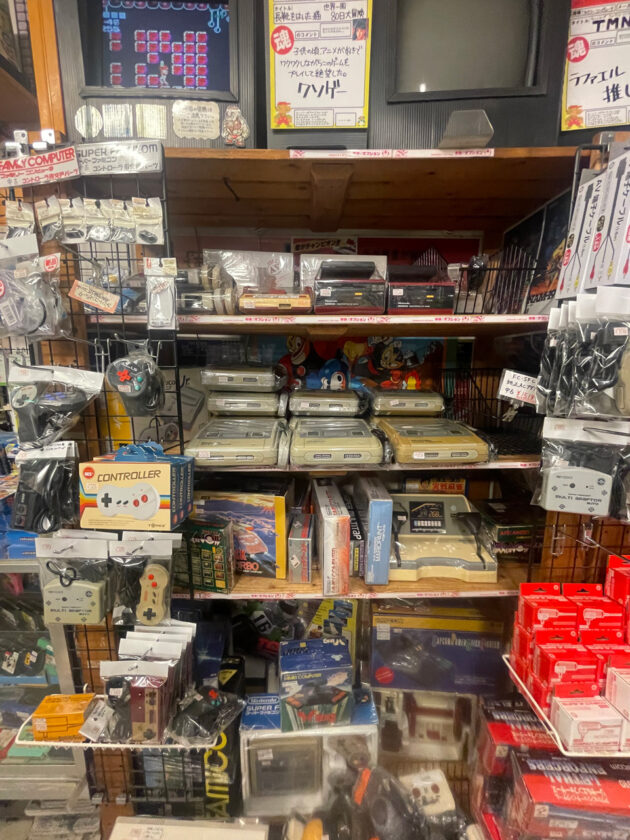
Dragging myself through the scorching heat, I fondly remember the rush and swell when I first sprinted down the escalators at Akihabara station, the bubbling anticipation as I made my way towards Radio Kaikan. I take a moment to remember the anime figures from my first trip, my hard-earned money well spent. Now they are boxed in cardboard and sheathed in polystyrene, taking up dusty storage space in a house where I no longer live. I smile wistfully, shake my head, and begin to make my way home, to my Tokyo apartment.
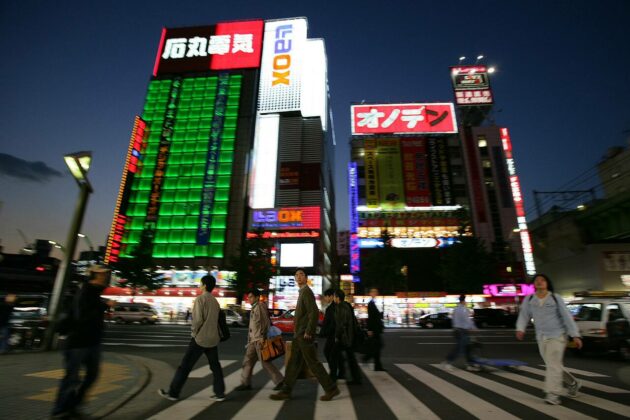

GARRETT SPELLER is a professor, game designer, and writer based in Tokyo. His work has been featured in the Neologism Poetry Journal, the Bristol Noir, and the Clockwise Cat. He has published academic writing for Ludic Language Pedagogy as well as an English-learning game, Adventures in Anglonia, on Steam. Those achievements, however, pale in comparison to the look on his students’ faces when he wore a banana costume for Halloween. @gspeller1002
DENIS GUIDONE is an Italian designer based in Tokyo. @denisguidone
MATTHIAS LEY is a German photographer and visual artist who lived nearly half of his adult life in Asia. @matthias.ley
‘Confessions of an Otaku’ is part of KJ 108, Fluidity 2, 2024.